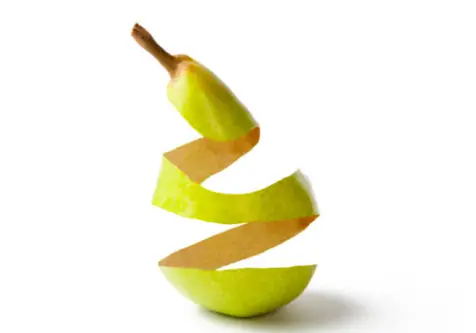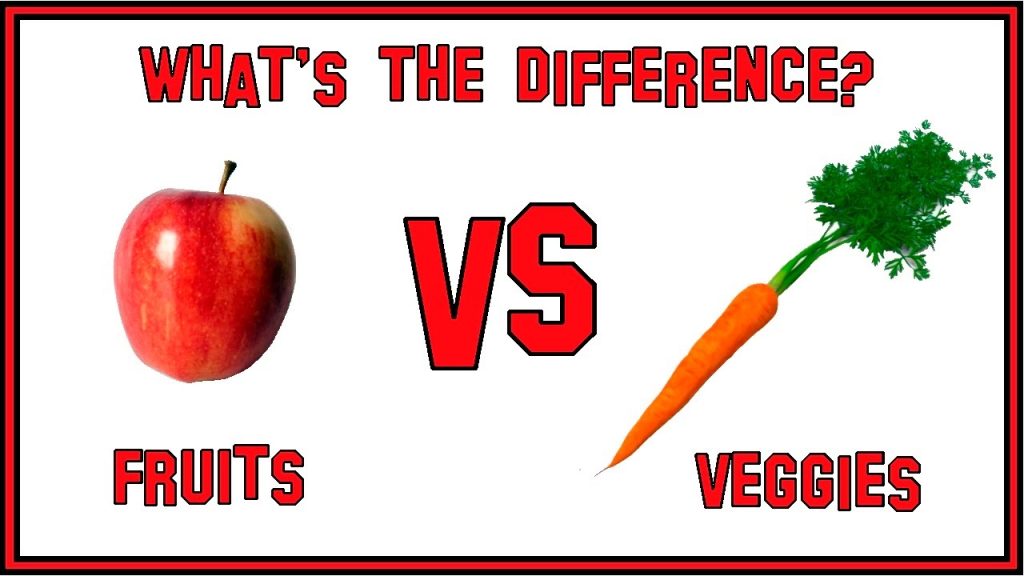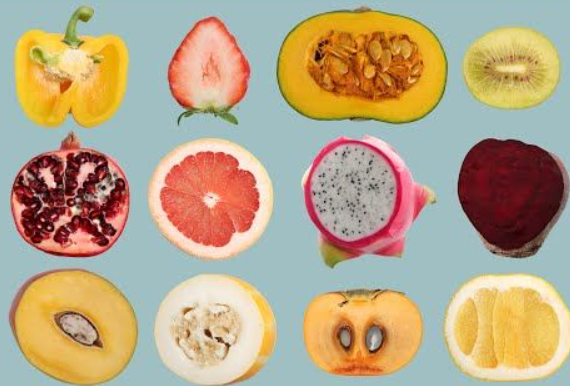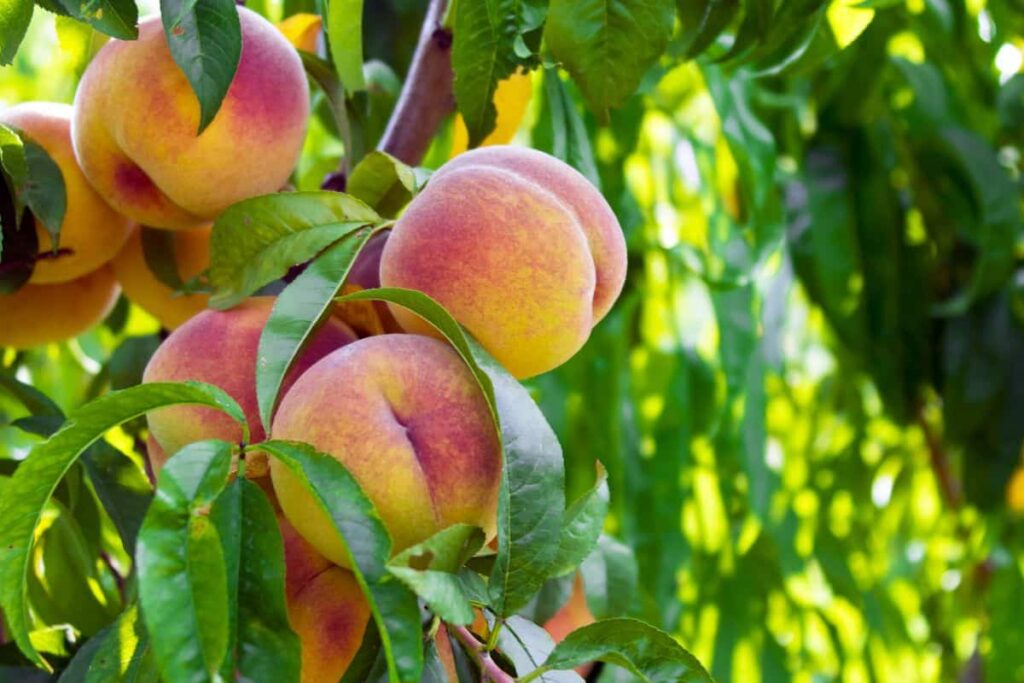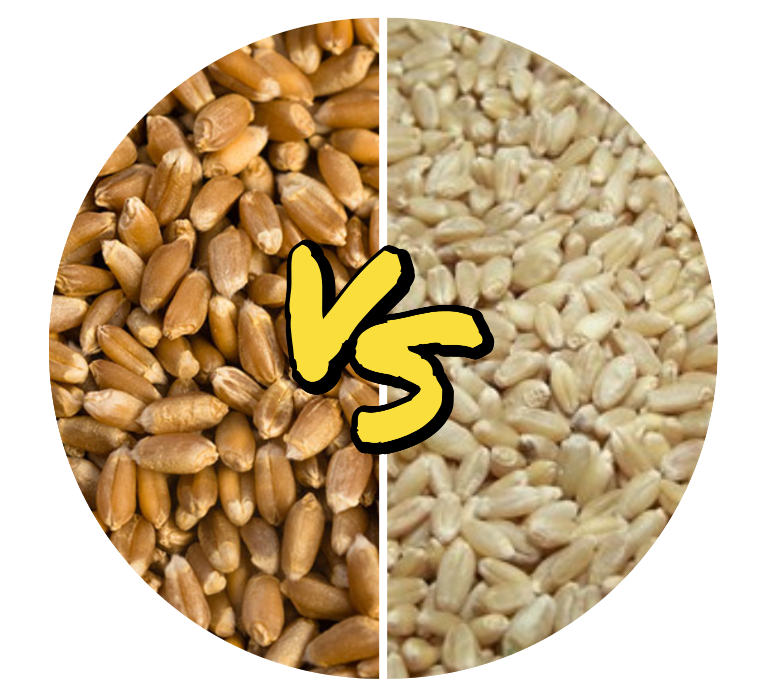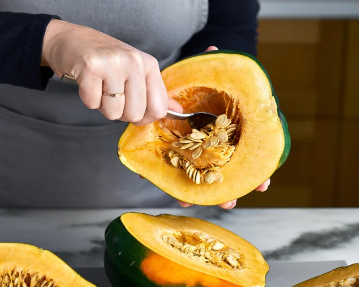Fruit trees can brighten up your yard and give you tasty fruits to eat. But it’s very important to cut them back in the right way so they grow well and make lots of fruit. In this detailed guide, we’re going to talk about when it’s a good idea to trim your fruit trees, how to do it, and things you need to think about for different kinds of trees.
Table of Contents
- How Fruit Trees Grow Through the Year
- Things to Think About Before Trimming
- 1. The Weather
- 2. Age and Health of the Tree
- 3. Types of Fruit Trees and How They Grow
- When Should You Trim Fruit Trees?
- 1. Trimming in the Dormant Season
- 2. Cutting Back in Late Winter
- 3. Pruning in Early Spring
- Pruning When Trees Are Growing
- Summer Pruning
- Different Ways to Cut Branches
- How to Trim Fruit Trees Properly
- Heading Cuts
- Thinning Cuts
- What You Need for Trimming
- Hand Pruners
- Loppers
- About Loppers
- About Pruning Saws
- How to Prune Fruit Trees
- Step 1: Look at the Tree’s Shape
- Step 2: Take Off Dead or Sick Branches
- Step 3: Shape the Tree’s Main Parts
- Step 4: Keep a Good Mix of Branches for Fruit
- How to Prune Different Kinds of Fruit Trees
- Apple Trees
- Peach Trees
- Citrus Trees
- Mistakes to Avoid When Pruning Fruit Trees
- Too Much Pruning
- Bad Cutting
- Forgetting About the Tree’s Shape
- Why Prune Fruit Trees?
- Healthy Growth and Fruit
- Better Looks
- Less Disease and Bugs
- Final Thoughts
- Frequently Asked Questions
How Fruit Trees Grow Through the Year
Throughout the year, fruit trees go through different stages like sleeping in winter (dormancy), getting ready to bloom (bud swell), flowering (bloom), setting fruits (fruit set), growing the fruits (fruit growth), and finally, the fruits are ready to eat (maturity). Each step is very important for the tree, and it helps us figure out when we should cut the trees back.
Things to Think About Before Trimming
Before you start trimming your fruit trees, here are a few things that you should keep in mind:
1. The Weather
Very cold weather, like frost, can hurt trees that have just been trimmed. You should not trim your trees when it’s very cold outside. It’s often best to trim during the dormant season when trees can handle the cold a bit better.
2. Age and Health of the Tree
Different ages of trees need different kinds of trimming. Young trees need a certain type of cut to help them grow strong, while older trees need another type of cut to keep them healthy and shaped right. Make sure your tree is healthy before you cut it back, and fix any problems it might have first.
3. Types of Fruit Trees and How They Grow
Each kind of fruit tree grows in its own special way, so they don’t all need to be trimmed in the same way. For example, apple trees grow better with regular cutting, while peach trees might need more cutting to keep them the right size and help them make more fruit.
When Should You Trim Fruit Trees?
Knowing whether it’s best to trim in the dormant season or when the tree is actively growing can make a big difference.
1. Trimming in the Dormant Season
Most of the time, it’s better to trim your fruit trees when they’re not growing, like in the late winter or early spring. During this time, the tree can heal from the cuts without having to worry about growing other things. Let’s look at why late winter and early spring are good times to trim.
2. Cutting Back in Late Winter
If you trim your trees in late winter, just before they wake up from dormancy, you can help them grow well in the next season. This timing also means there’s less chance they will get frost damage. Plus, with no leaves, you can see the branches easier and know what to cut.
3. Pruning in Early Spring
If you missed the chance to trim in late winter, early spring is also good but try to do it before the tree starts to have flowers. Trimming in early spring is good for taking away any parts of the tree that got hurt in the winter. It also helps sunlight and air travel better through the tree.
Pruning When Trees Are Growing
Sometimes you might need to trim your trees even when they are growing to fix certain things or to help shape the tree more.
Summer Pruning
Trimming in the summer is usually about controlling the tree’s size and shape. You’ll be cutting off extra growth and branches that cross over each other. This helps the tree focus more energy on growing fruit, and that can mean tastier fruit too.
Different Ways to Cut Branches
There are two main ways to cut branches when you’re trimming: heading cuts and thinning cuts. Heading cuts mean you cut off part of a branch, like above a bud. Thinning cuts are when you take off a whole branch right from where it starts. These two ways of cutting are used for different reasons, so you need to know what you want to achieve with your tree to decide how to cut.
How to Trim Fruit Trees Properly
Let’s talk about the right way to cut branches off your fruit trees to keep them healthy and looking great:
Heading Cuts
Heading cuts are good for shaping the tree and making it have more branches. When you cut just above a bud, the tree will start to grow a new branch in that direction. You’ll use this kind of cut when you first start growing a tree and when you’re keeping the tree shaped.
Thinning Cuts
Thinning cuts are good for letting more air and sunlight get into the tree. If you take off a whole branch, it helps the tree spread out better and it gets more sun and air. This kind of cut is great for getting rid of branches that are dead, damaged, or too crowded.
What You Need for Trimming
Having the right tools is key when you want to trim your trees. Here are some of the tools you’ll need:
Hand Pruners
Hand pruners, also known as pruning shears or clippers, are used to cut small branches and twigs. They come in different sizes so you can choose one that feels comfortable in your hand.
Loppers
About Loppers
Loppers are tools with handles that are quite long, making them perfect for slicing through branches that are bigger, usually those that are up to 2 inches thick. They give you more strength to cut with and can reach higher branches, which makes trimming easier.
About Pruning Saws
If you need to cut branches that are too big for shears or loppers, you’ll need a pruning saw. This saw has a blade that is sharp and often curved, and it’s made to cut cleanly without hurting the tree too much.
How to Prune Fruit Trees
To prune fruit trees the right way, you need to follow certain steps carefully. Here’s what you should do:
Step 1: Look at the Tree’s Shape
First, take a good look at the entire shape of the tree. Find any parts that are weak, like branches that cross over or rub against each other, or branches that grow towards the middle of the tree. By knowing the shape of the tree, you can decide which branches to cut and which to keep.
Step 2: Take Off Dead or Sick Branches
Cut off branches that are dead, damaged, or diseased before anything else. These branches can stop the tree from growing well and they can also spread disease or bring pests. When you cut these branches, do it just outside the thick part at the base of the branch so it can heal the right way.
Step 3: Shape the Tree’s Main Parts
When a fruit tree is young, it’s important to shape its main structure. Cut off branches that are growing in the wrong way and keep the tree balanced with a clear, open shape. Try to have one strong main branch and several side branches that are nicely spread out.
Step 4: Keep a Good Mix of Branches for Fruit
For the tree to have fruit every year, you need the right mix of branches that grow leaves and branches that grow fruit. Cut off too many leafy branches so that the tree can focus on making fruit. Get rid of shoots that grow straight up and little branches at the bottom because they take nutrients but don’t help make fruit.
How to Prune Different Kinds of Fruit Trees
Each kind of fruit tree grows in its own way and needs a different approach to pruning. Here are some tips for different types of trees:
Apple Trees
Apple trees should be pruned every year to help the fruit get better and to stop the branches from getting too crowded. Get rid of branches that are weak or crossing, and also cut away too much leafy growth. The best time to prune apple trees is late winter or early spring before new buds start to grow.
Peach Trees
Peach trees grow a lot and need more pruning to keep them a good size and help with fruit growth. Cut away dead or sick wood and thin the branches to let the air flow. This should be done in late winter or early in the spring as well.
Citrus Trees
Citrus trees spread out a lot and should be trimmed just enough to keep their shape and to remove dead or sick branches. Try not to cut them back too much because they usually make fruit on the older wood. You can prune these trees when they’re not growing or in early spring.
Mistakes to Avoid When Pruning Fruit Trees
Pruning is great for fruit trees but you have to avoid certain mistakes that could hurt the tree’s health and the amount of fruit it makes. Here are some common errors to watch out for:
Too Much Pruning
Cutting back too much can weaken the tree and make it have less fruit. Don’t cut more than one-fourth of the tree’s leaves in one go. Be careful and think about the tree’s health and strength before you make big cuts.
Bad Cutting
When you prune, make sure to cut cleanly and carefully so the tree can heal well. Don’t leave short stubs and don’t cut too close to the tree’s main parts. If you cut too close, it can stop the tree from healing and let diseases get in.
Forgetting About the Tree’s Shape
Pruning isn’t just about cutting branches; it’s also about keeping the tree’s overall shape looking good. If you don’t fix the shape, the tree could end up with weak branches, less fruit, and looking uneven. Make sure to look at and correct the tree’s shape whenever you’re pruning.
Why Prune Fruit Trees?
There are lots of good things that come from pruning fruit trees regularly. Here are a few benefits:
Healthy Growth and Fruit
Trimming trees makes them grow in a healthy way and makes more fruit. By cutting extra branches, the tree’s energy goes into making good fruit. It also keeps the right amount of branches for leaves and branches for fruit.
Better Looks
A well-pruned fruit tree looks neat and nice. By keeping the right shape and structure, the tree becomes a beautiful part of your garden or orchard.
Less Disease and Bugs
When you prune, you let more air and sunlight get to the leaves, which cuts down on diseases and bugs. It’s important to quickly take off any branches that are dead or sick so they don’t spread problems to the rest of the tree.
Final Thoughts
It’s really important to know when to prune your fruit trees for them to stay healthy and make plenty of fruit. Think about the weather, how old the tree is, and what kind of fruit tree it is to figure out the best time to prune.
No matter if you prune when the tree’s not growing or while it’s getting bigger, using the right way to prune and knowing about each type of fruit tree will help the tree grow well, make fruit, and live a long time.
Frequently Asked Questions
Do I need to trim my fruit trees every year?
Yes, it’s a good idea to prune fruit trees often so they stay healthy, keep their shape, and make plenty of fruit. The amount you prune can change based on how old the tree is, what kind of tree it is, and how it’s growing.
Is it okay to prune fruit trees in the summer?
Even though it’s usually better to prune when the tree’s not growing, you can trim some fruit trees in the summer to control how big they get and their shape. In the summer, focus on cutting off extra growth and letting more air flow between the leaves.
Can I use scissors from my house to prune?
Everyday scissors aren’t meant for pruning fruit trees. It’s best to use proper tools like shears, loppers, or a saw, which are made for the size and thickness of the branches you need to cut.
Could pruning hurt my fruit tree?
If you prune the right way, it’s good for the tree. But if you do it too much or the wrong way, it can make the tree weaker and less able to make fruit. Make sure to use the right techniques and not to overdo it.
After pruning, how long will it take for a fruit tree to make fruit?
How quickly a pruned fruit tree starts making fruit again depends on the type of tree, its age, and health. It could take from one year to several years for the tree to have a lot of fruit after being pruned. Be patient and take good care of the tree.
